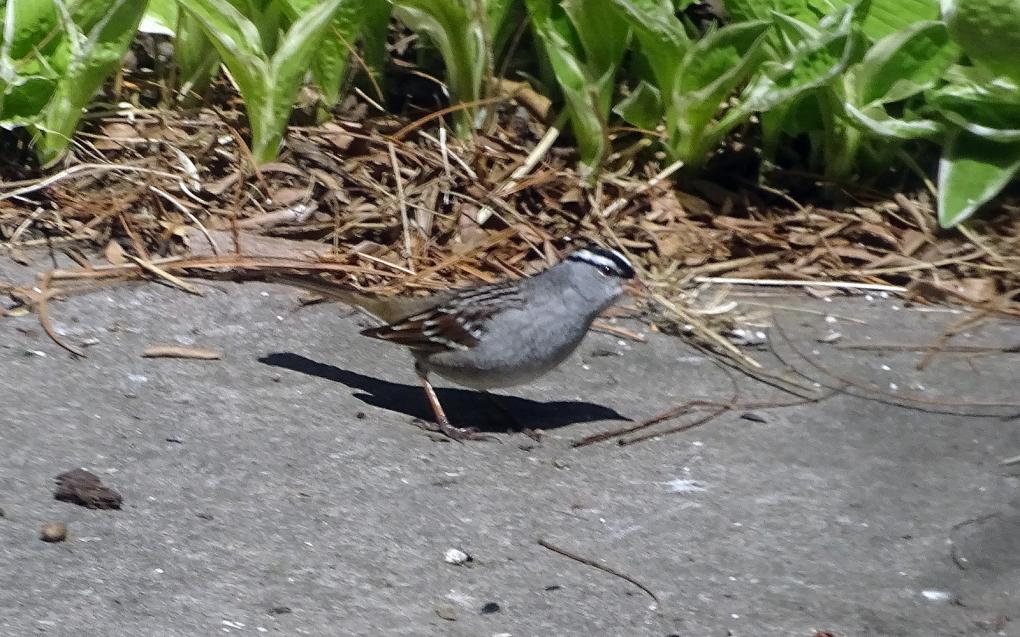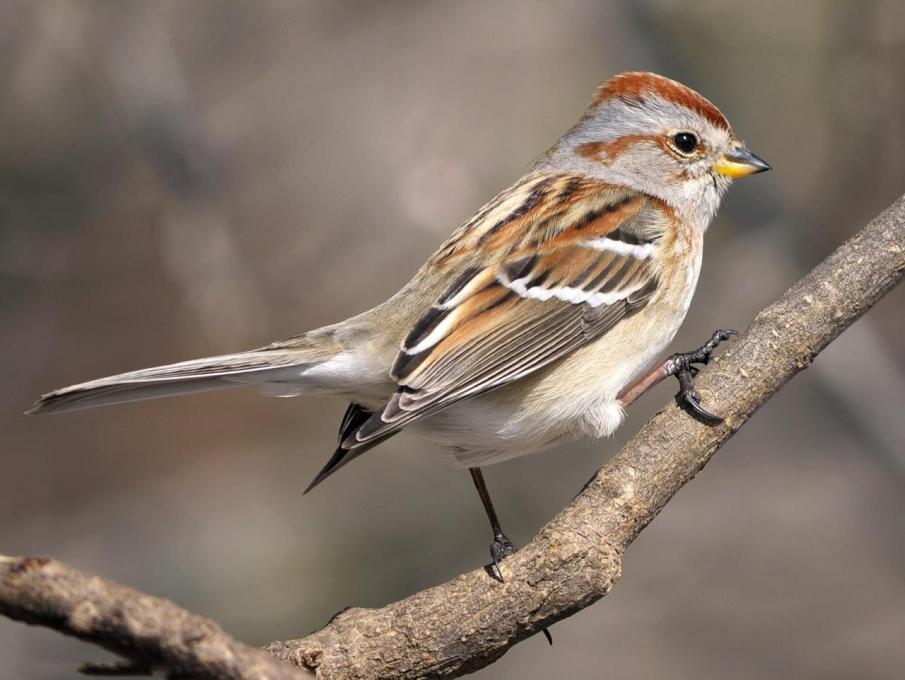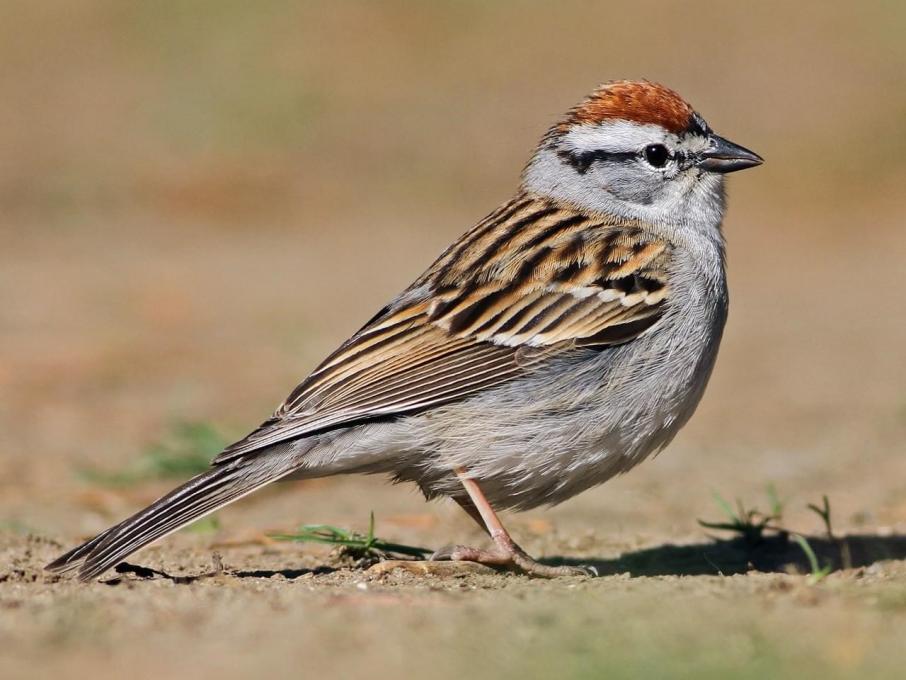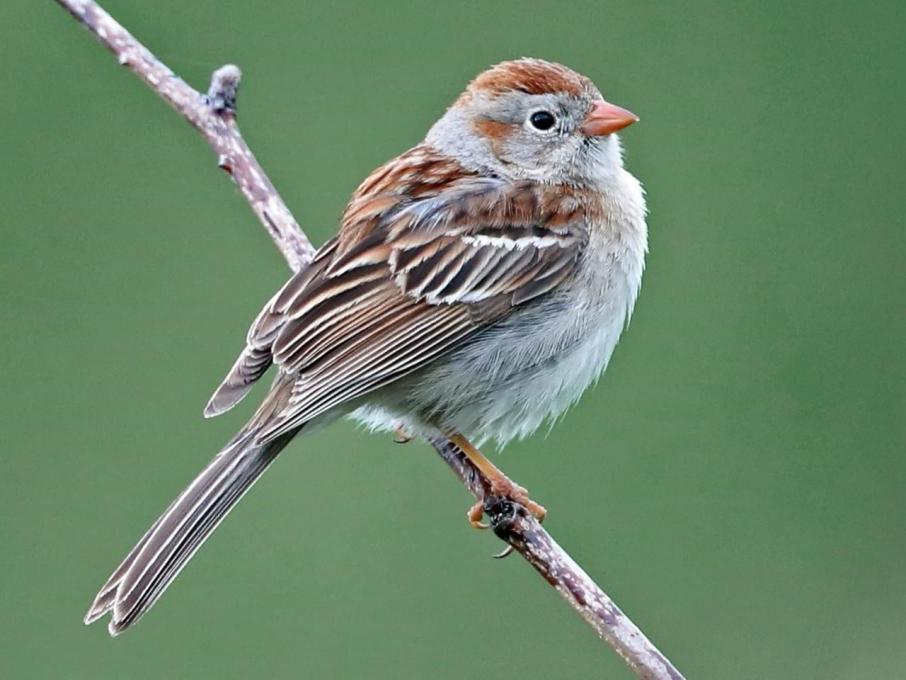Michelle
Forum Replies Created
Viewing 6 posts - 1 through 6 (of 6 total)
-
MichelleParticipantActivity 4 Favourite Bird White-crowned Sparrow. My favorite bird is always my last “best” bird. They can be the best because they are rare, they can be the best because it is the first time I have ever seen one, and they can be the best because it is the first time that I confidently and correctly identified them myself for the first time. That happened to me today (May 1, 2020) with a White-crowned Sparrow that was fleetingly at my feeders. I find sparrows challenging, and I have been working on them, so this was a bit of personal achievement for me. White-crowned sparrows are sparrow sized and shaped; not unusually large or small. They are a grey and brown bird with a clear grey breast and bold white and black stripes on their heads, like a bicycle helmet. They are ground foragers and tend to the forest edges and scrub areas. They can winter in my area which is far south-western Ontario near the Detroit River, but they breed up in the far north boreal forest. So this guy was going somewhere when he stopped briefly at my backyard feeder.
 in reply to: Activities: Bird ID Practice #697795
in reply to: Activities: Bird ID Practice #697795 -
MichelleParticipantActivity 3 3 Birds Foraging Behavior American Robin, House Sparrow, Mourning Dove. I list these 3 birds because they are in my backyard regularly and have very different foraging behaviors. Only the House Sparrow feeds directly from the feeders. The Mourning Doves forage from the ground. The Robins never come near the feeders but hop about on the grass or in the gardens looking for insects at this time of year.in reply to: Activities: Bird ID Practice #697793
-
MichelleParticipantActivity #2 3 birds the same colour Chipping Sparrow, American Tree Sparrow, Field Sparrow. These are three little brown birds that take some practise to separate in the field. All three are rufous brown, grey, and black. All three have unstreaked breasts, rufous crowns, and eye-stripes, so you have to remember to carefully note the important features as these little birds bounce about. Here is what I look for American tree sparrow: bi-colored bill, black spot on the chest Chipping sparrow – no spot, white supercilium and brown eyeline Field Sparrow – pink bill, light colored legs, slightly white eye-ring, generally “pink and buffier” than the American tree, and Chipping Sparrows. American Tree Sparrow
 Chipping Sparrow
Chipping Sparrow
 Field Sparrow
Field Sparrow in reply to: Activities: Bird ID Practice #697792
in reply to: Activities: Bird ID Practice #697792 -
MichelleParticipantActivity #1 2 Birds by shape Red-winged Blackbird and Common Grackle. Both of these birds are in the same family of Icterids, but, forage and move differently and are found in different habitats. Except this year, they are both in my backyard! The Grackle is and bigger and more elongated bird than the red-winged blackbird. It has a longer, slightly de-curved bill and longer tail. It also has longer legs meant for foraging on the ground.in reply to: Activities: Bird ID Practice #697785
-
MichelleParticipantI also struggle with sparrows. One helpful learning tool I have found is to use Cornell's AllboutBirds by typing in sparrow1 vs sparrow2 in Google. Here is one that I repeat often: https://www.allaboutbirds.org/guide/American_Tree_Sparrow/idin reply to: Activities: Bird ID Practice #694538
-
MichelleParticipantThis is a Baltimore Oriole. Check the female and immature orioles in the field guide. Females of many species can lead you astray, and many immature birds resemble females until they get their full adult plumage. If I had to, I would say this is a male because of the black in the head and throat and how white the wing bars are.in reply to: Activities: Bird ID Practice #694531
Viewing 6 posts - 1 through 6 (of 6 total)

 Chipping Sparrow
Chipping Sparrow
 Field Sparrow
Field Sparrow